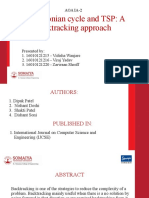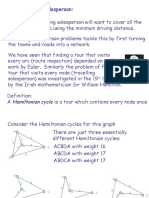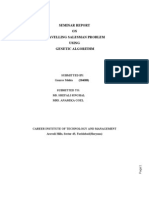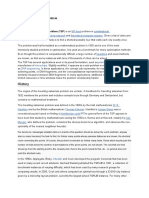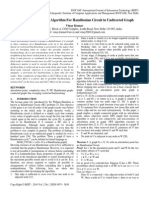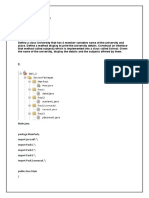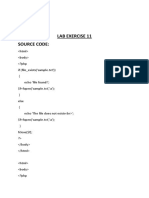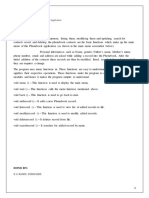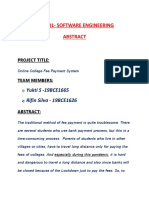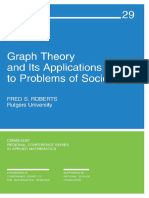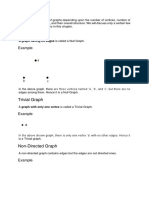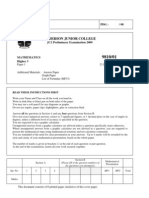0% found this document useful (0 votes)
190 views28 pagesAlgorithm Design Paradigm-2 PDF
The document discusses brute force algorithms and the traveling salesman problem (TSP). It defines TSP as finding the minimum-weight Hamilton circuit in a complete graph where each edge has a weight. An example of Sabrina the saleswitch's errands is provided, with the optimal route calculated. All 120 possible routes for 6 vertices are listed with their weights. The brute force approach is to calculate the weight of every possible route to find the minimum.
Uploaded by
Yukti SatheeshCopyright
© © All Rights Reserved
We take content rights seriously. If you suspect this is your content, claim it here.
Available Formats
Download as PDF, TXT or read online on Scribd
0% found this document useful (0 votes)
190 views28 pagesAlgorithm Design Paradigm-2 PDF
The document discusses brute force algorithms and the traveling salesman problem (TSP). It defines TSP as finding the minimum-weight Hamilton circuit in a complete graph where each edge has a weight. An example of Sabrina the saleswitch's errands is provided, with the optimal route calculated. All 120 possible routes for 6 vertices are listed with their weights. The brute force approach is to calculate the weight of every possible route to find the minimum.
Uploaded by
Yukti SatheeshCopyright
© © All Rights Reserved
We take content rights seriously. If you suspect this is your content, claim it here.
Available Formats
Download as PDF, TXT or read online on Scribd
/ 28



























